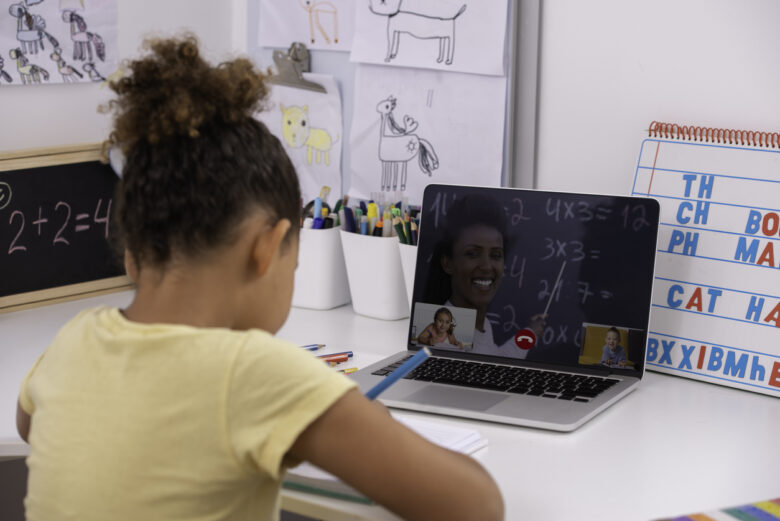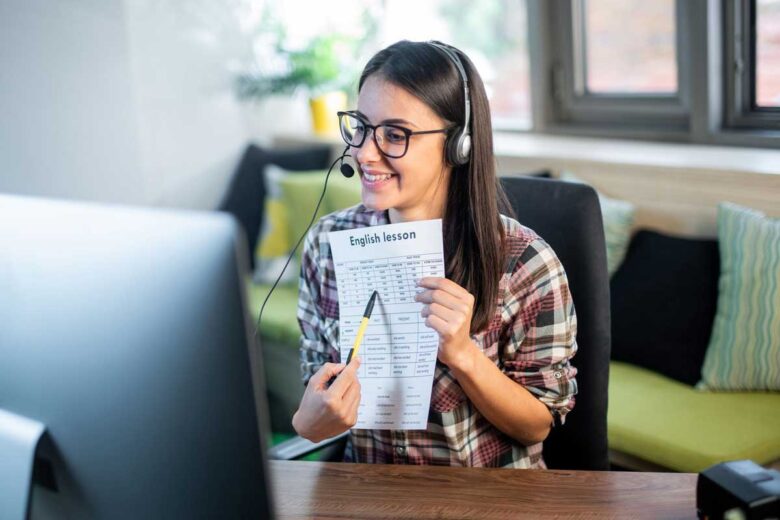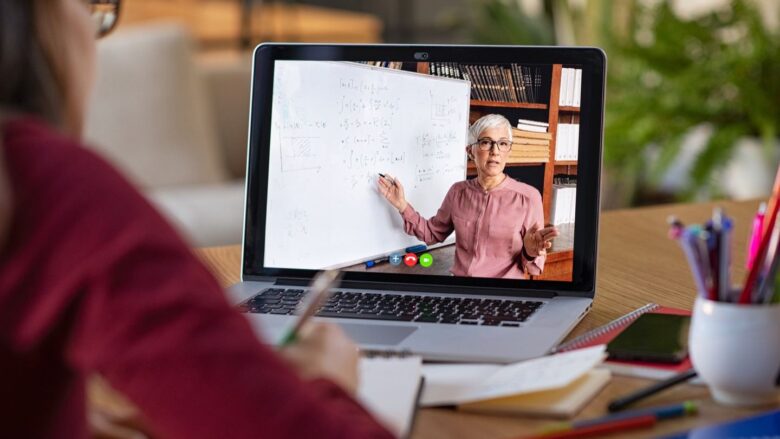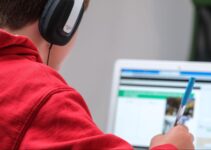The onset of the COVID-19 pandemic has caused havoc on humanity. Social distancing has become the new norm, and everyone has to wear a mask while stepping outside. Moreover, a lot of schools, colleges, offices, and other industries have also closed to prevent the spread of the virus. Employees of companies are connecting from home to complete the office work, and the curriculum in schools and colleges is being completed through the digital domain. This working style has become the new norm, and many other companies are getting into a hybrid working model.
The online education industry is set to grow exponentially due to the coronavirus pandemic. But, it is very challenging to engage students in a virtual setup. Many teachers are facing difficulty to teach in a hybrid setup where half the students are at home, and the other half are attending the class via video conference. Hybrid learning provides an opportunity to personalize learning for students. In this article, we would like to explore different instructional models for successful hybrid learning.
The split A/B schedule

Source: parade.com
This model works best when the families are not comfortable in sending their children to schools and colleges due to the current pandemic situation. In this model, you can divide the students into two groups, groups A and group B. The classes are taken on alternate days from Monday to Thursday depending on the group. Friday is generally kept for an open hour or doubt clarification session. Since the students are divided into groups, interaction between them increases in the class, and teachers get more face-to-face time with students. Moreover, teachers can assign independent projects to the group that doesn’t have classes on a particular day. Thus, asynchronous learning happens along with synchronous learning.
Flipped classroom
Flipping the classroom is a great way to teach in an online learning setup. In this model, the lessons are delivered via video for students to watch in their free time. The class time is reserved for discussions and instructions on the course material they have gone through independently. While creating videos for this hybrid learning model, cut large videos into shorter ones so that the students can watch them without getting bored. You can also share other course materials like websites, images, text material, etc. for students to learn from at home. During the class sessions, encourage them to discuss among themselves and synthesize information. This model will not only increase student engagement but also give you more time to make connections with them in the class. ETutorWorld is recognized as one of the top online tutoring services for many reasons, you can visit their site to know more.
The rotation model

Source: sfuncube.com
In a traditional learning format, students rotate through different stations in the classroom itself. In a hybrid setup, these stations are panned out over several days. These stations include small group instruction, group projects, collaborative activities, and many such different forms. You can reduce or split the stations based on personalized learning that you want to offer to certain students. The online learning tasks can be customized based on the skills progression needs of a particular student. In the subsequent class, the student can apply their learning through collaborative projects and tasks. With the help of this model, they will be able to manage online learning and group activities.
Independent project model
If the in-person activities don’t fit the requirements of a student, then an independent project model can be used for continued learning. In this model, they focus on learning targets that are separate from their classmates. They get the opportunity to pursue their interests and passions in a creative way. They also get to learn at their own pace and get hands-on experience in managing their studies by self-learning. But this model can lead to loneliness and isolation, thus the students need to be self-motivated to be put on an independent learning model.
Intervention and enrichment model

Source: allconnect.com
In this model, the students engage in online learning and then meet with the tutor to discuss specific doubts and queries. Small groups are created for discussions and doubt clarification for meaningful enrichment activities. The only difference this model has from others is that the discussion sessions are structured and pre-defined. This model is generally used for the group of students that has fast learners.
Student-based flex model
In this model, the teacher creates a compilation of the course curriculum including learning activities and assignments. The learning activities include course videos, reference articles, additional reading materials, projects, asynchronous collaborative activities, etc. The students go through the material to learn the concepts and complete it based on their learning rate. It can take students one or more classes to complete the course material. An advantage is that the learning is driven by individual student’s needs. The teacher acts as a guide or subject matter expert in the course tenure. Most of the guidance is provided virtually. Since all the material is compiled before the course commences, they can opt for a distant learning option as well.
Choice-based flex model

Source: timesofisrael.com
In the choice-based-flex model, the students use the course “menu” of learning activities like a choice board to go through the study material. This model can be used in conjunction with the flipped classroom model. Based on the activities that the student has chosen to complete, it might take one or multiple classes to complete those. The benefit that thy enjoy here is that they get to choose, ‘what they want to learn’. They make the choice based on their individual strengths and pass the assessments with flying colors. The teachers too wouldn’t have to re-instruct or re-assess the students who are at home. All the interactions can be done virtually, and the students can move to a distance learning scenario.
Teachers and students, both are preparing for an uncertain future. Distance or virtual learning will become a part of their lives in the coming future. Thus, they both must become flexible in experimenting with new learning strategies. The above-mentioned strategies will help the teachers format their instructions in a hybrid scenario. Elements of different models can be incorporated into one model to accommodate student’s needs and requirements.




